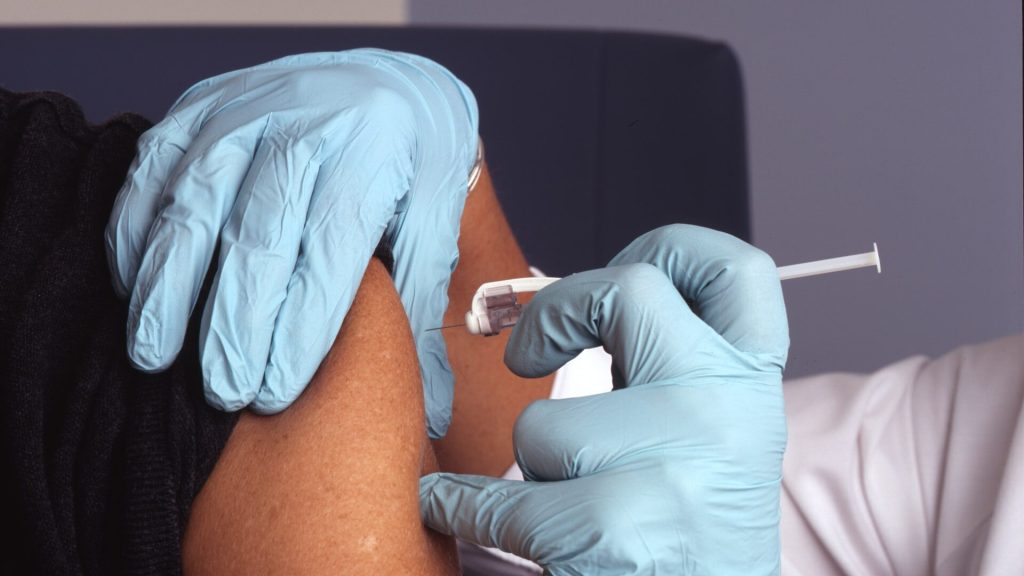
An article in MedPage Today examines the potential for combination COVID vaccines.
Novavax and Moderna have recently announced the development of combination vaccines that would protect not only against COVID, but also against influenza. In the case of Moderna, they are testing a combination vaccine that also includes protection against respiratory syncytial virus (RSV) — a viral illness for which no vaccine is currently available, which would be a major advancement Because COVID vaccines can be administered simultaneously with other vaccines, albeit in separate injections, the next step would be to co-formulate them in the same injection with other vaccinations.
Combination vaccines are extremely valuable for several reasons, chief among them is convenience. If, during one visit to a provider, a person can get multiple vaccinations, it ensures uptake of all those vaccines without the need to schedule multiple visits or use multiple injections. A single needle puncture is better than multiple punctures, even for those who are not needle phobic. As more vaccines are developed, combination vaccines become critical in getting doses into arms with the minimum number of injections.
Combination vaccines have been around for a long time, and are the mainstay of routine vaccination. Today, children receive several combination vaccinations including the well-known MMR (measles, mumps, rubella) and DTap (diphtheria, tetanus, acellular pertussis). These types of vaccines have a long history with DTP, the first combination vaccine used in humans, dating to the 1940s. Pentacel immunises against five different pathogens at once. Such convenience, especially with hard-to-reach populations, is invaluable. Adults also receive combination vaccinations, most prominently the Tdap (tetanus, diphtheria, acellular pertussis) boosters. Many physicians wish there were more combination vaccination products available because they have the potential to significantly increase vaccination rates.
It is of course necessary to determine that combination vaccines are safe and effective. Because they contain more antigen, reactions at injection sites might be more pronounced, fever might be slightly higher, and tolerability lower. To avoid the risk of febrile seizures, infants do not get the MMRV (measles, mumps, rubella, varicella) vaccine, instead getting varicella separately.
A combination vaccine’s components should not interfere with each other or blunt the immune response. This immune interference was a concern with vaccines combining Hib with DTap. For instance, vaccines with different storage conditions or delivery mechanisms (eg, subcutaneous vs intra-muscular; lipid nanoparticle encased) may not be the best candidates to combine. It is also important to combine vaccines that have compatible age or time-based schedules for administration.
As scientists explore a combination flu and COVID vaccine, they will be looking closely at all of these safety and efficacy considerations.
It’s important to emphasize, considering widespread disinformation from the anti-vaccine movement, that there is no “antigen overload” risk with combination vaccines. The human immune system is bombarded with antigens every day. We even become bacteremic, when we brush our teeth, or eat. The antigens contained in a combination vaccine are miniscule by comparison. In fact, the first ever vaccine, for smallpox, was packed with particles and impurities but was still incredibly efficacious and led to control and eventual elimination of one of humanity’s deadliest scourges.
It is likely to see individual attacks on COVID combination vaccines long before they are even available. We’ve previously seen such attacks on the MMR vaccine — these attacks became so pervasive that manufacturers started to produce the single vaccines again to placate people who were the victims of a concerted disinformation campaign. But we can learn from these past challenges. It will be important to fight disinformation about the COVID-19 combination vaccines early on, and encourage their uptake when they become available.
But one thing is certain: we should aim to make COVID vaccination convenient, normal, and easy. Proactively working on next generation vaccines that do this by combining with other vaccinations, altering the mode of delivery (eg, oral or nasal vaccines), or simplifying storage requirements are important tasks.
Source: MedPage Today

